| –
| Plug in connector -2- at position sender for charge pressure positioner -G581- and fasten heat shield sleeve. |
| –
| Connect vehicle diagnostic tester. |
| Selecting operating mode: |
| –
| On touch screen, press button for „Vehicle self-diagnosis“. |
| Selecting vehicle system: |
| –
| On touch screen, press button for „01 - Engine electronics“. |
| The display will show the identification and coding of the engine control unit. |
| Selecting diagnostic function: |
| –
| On touch screen, press button for „011 - Measured values“. |
| –
| On the numeric keypad, enter measured value block „120“ and confirm your entry with „Q“ key. |
| –
| Connect hand vacuum pump -VAS 6213- to vacuum unit. |
| –
| Create voltage of 0.760 V by generating a vacuum (observe minimum value of measured value block). |

Caution | During the following adjustment procedure for the control rod, the vacuum and the voltage of 0.760 V must be maintained. |
|
|
|
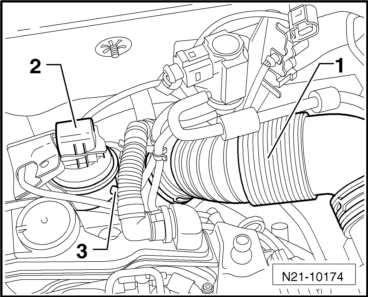
|
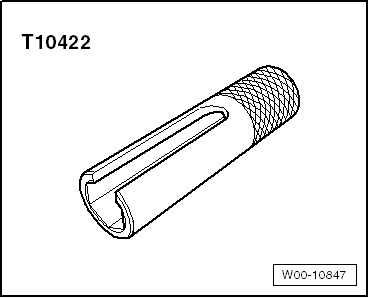
 Note
Note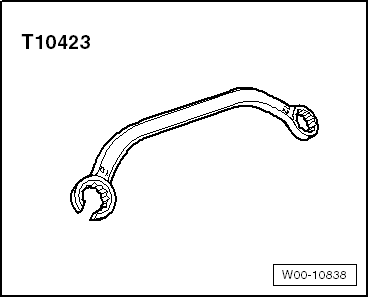
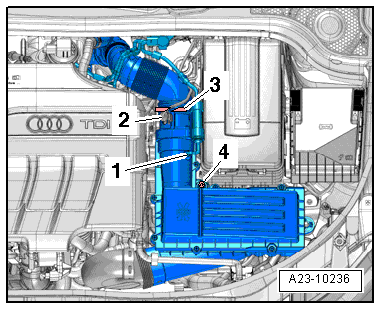
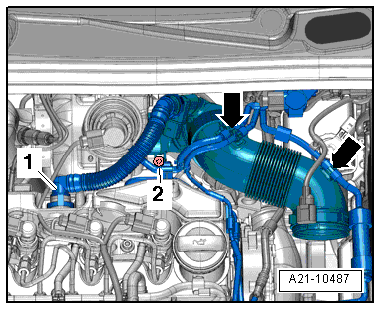
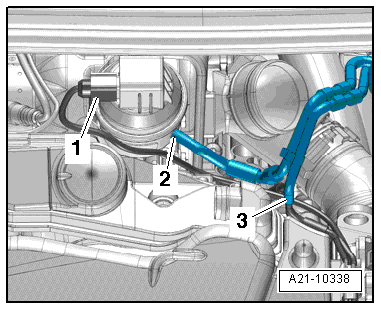
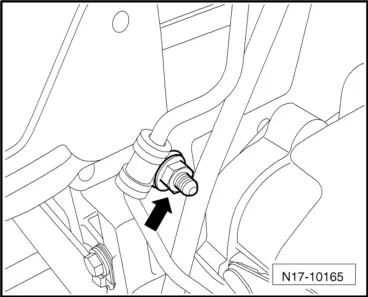
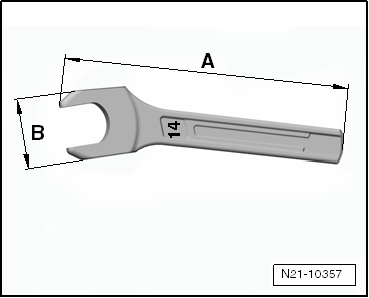
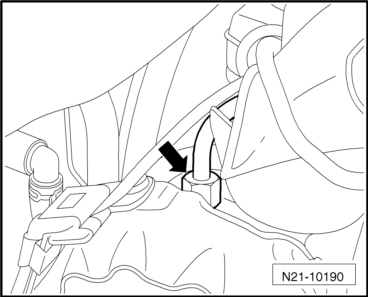
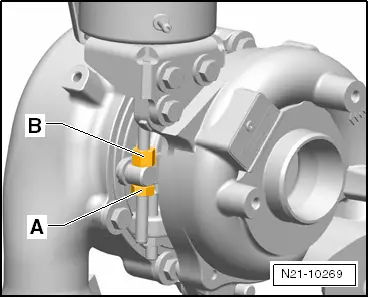
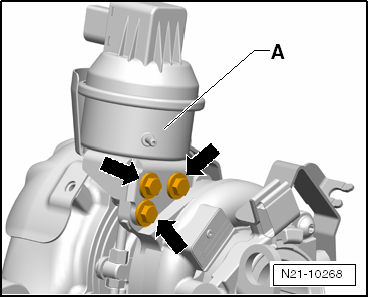
 Note
Note



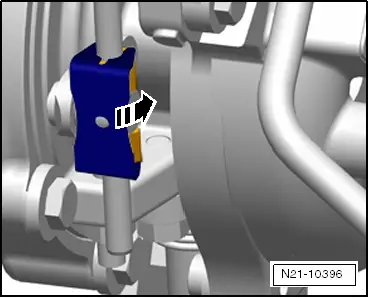




 Note
Note








 Note
Note






